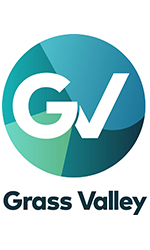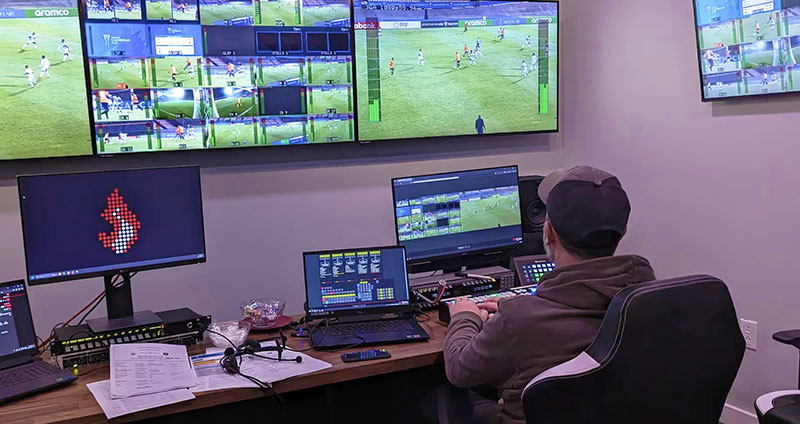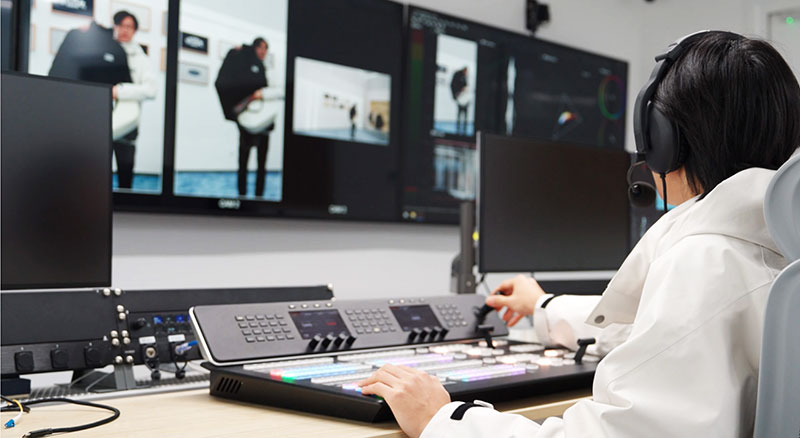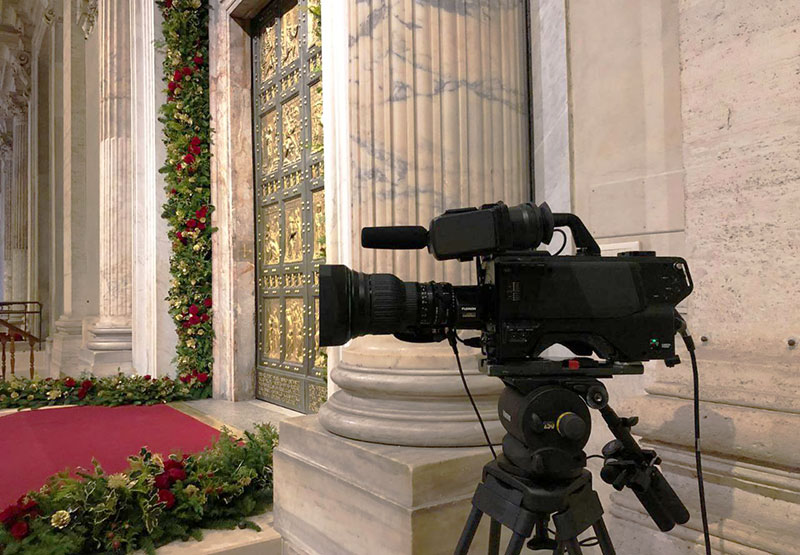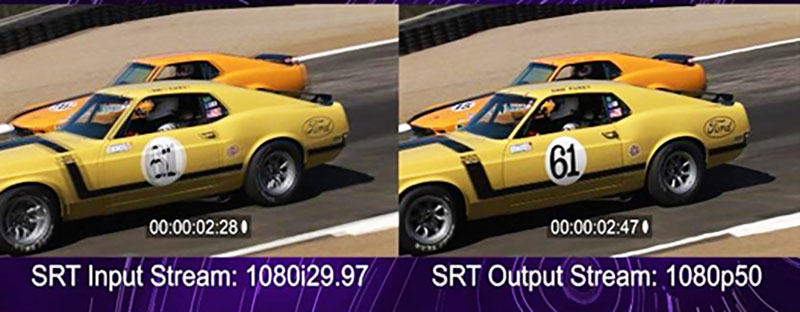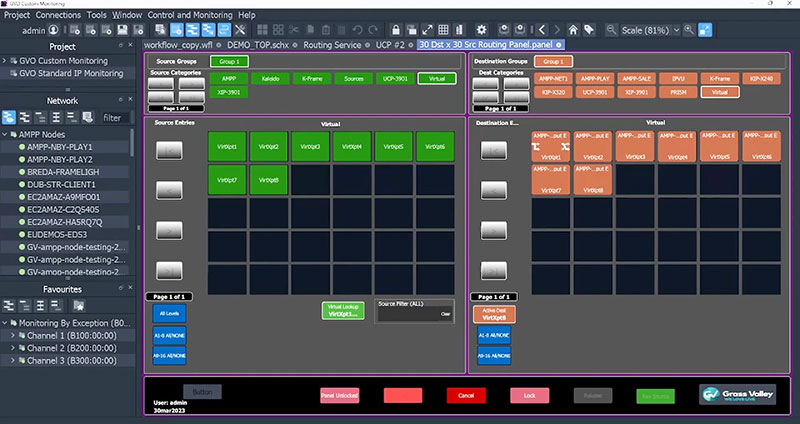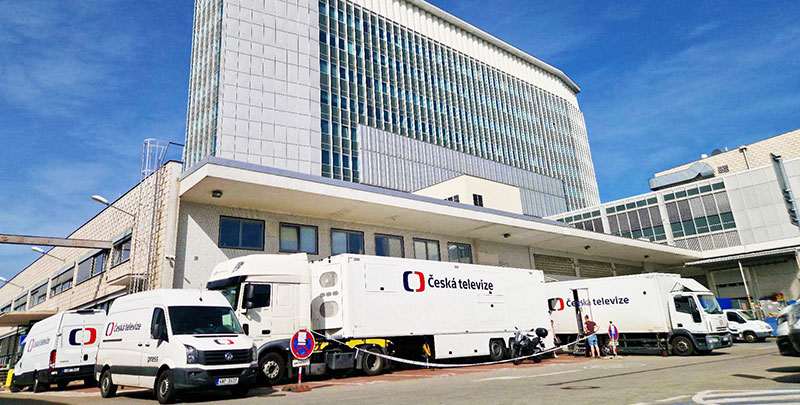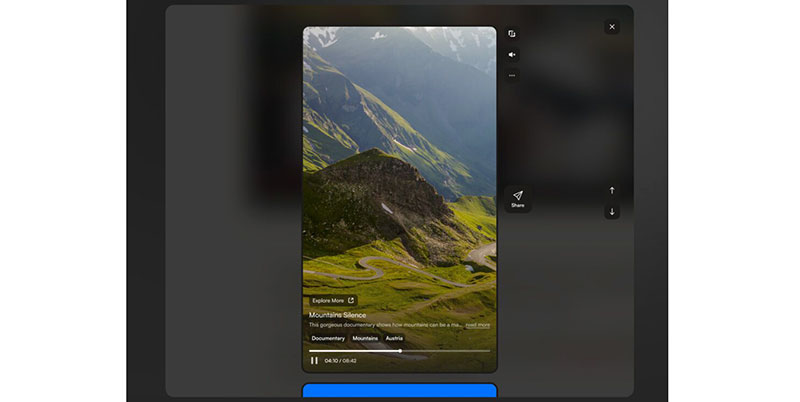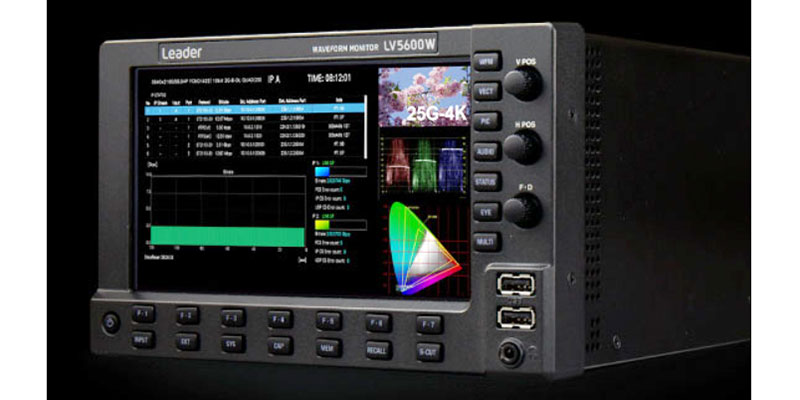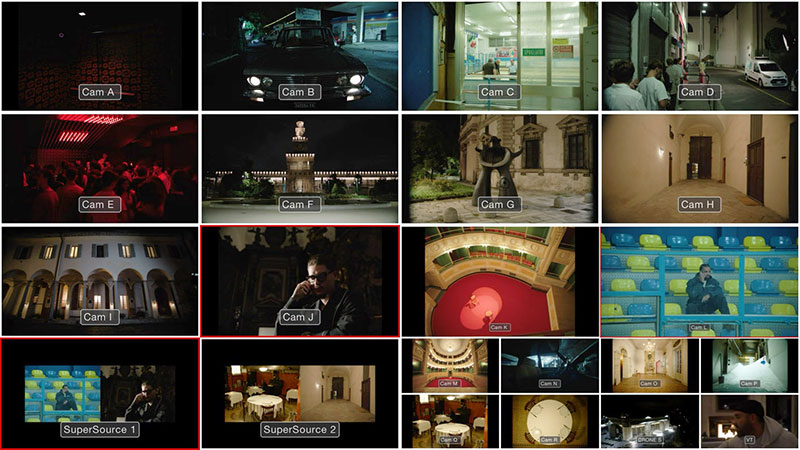The Video Services Forum (VSF) with the Alliance for IP Media Solutions (AIMS) are now ready to transition many of the essential IPMX documents from draft to finalized specifications.

The Video Services Forum (VSF), in collaboration with the Alliance for IP Media Solutions (AIMS), has achieved a significant milestone in the development of the Internet Protocol Media Experience (IPMX) standards. The two organisations are announcing their achievement at ISE 2024.
Concluding a rigorous VSF testing event held at the Matrox Video facility in Munich, where multiple manufacturers with IPMX implementations validated core specifications, IPMX has now achieved a crucial phase of maturity. This event marks the transition of many of the essential IPMX documents — encompassing critical aspects of audio and video transport, HDCP, control plane requirements, and system timing — from draft to finalized specifications. This pivotal step not only underscores the robust, collaborative effort behind IPMX but also signals a new era of innovation and interoperability in the Pro AV market.
Samuel Recine, Vice-President, Global Strategic Partnerships, Matrox Video & Pro AV Working Group Chairperson for AIMS, reflected on the significance of this milestone. "There is no question that IPMX is gaining momentum in the Pro AV market,” he said. “The elevation of these documents from the VSF will only accelerate that trend and that is an enormously important milestone for IPMX and the Pro AV industry as a whole. With these documents in their final form, IPMX can now be implemented by even more manufacturers, which is what is needed for a robust, open AV-over-IP ecosystem."
The testing event precedes the release of several key IPMX specifications. These include vital documents for Uncompressed Video (TR-10-2), Constant Bit Rate (CBR) Video (TR-10-11), PCM Audio (TR-10-3), System Timing and Definitions (TR-10-1), HDCP Key Exchange Protocol (HKEP) Copy Protection (TR-10-5), and NMOS requirements specific to IPMX (TR-10-8).
Brad Gilmer, Executive Director of VSF, commented on the path that led to this achievement. "We've been witnessing the industry trend towards more convergence, which means removing unnecessary legacy barriers between not only IT and video production, but also between broadcast and the Pro AV market,” he said. “That is why we started work on IPMX immediately after AIMS launched the initiative in 2020. The release of these documents is a big milestone not only for IPMX, but also for VSF as our work to evolve to meet the needs of a more diverse and interconnected world is clearly bearing fruit."
The journey of IPMX towards becoming a comprehensive solution for the Pro AV market continues with fervor. Work is ongoing on aspects such as interoperable USB extension, rofiles, and detailed testing requirements. AIMS and VSF, as well as the Advanced Media Workflow Association (AMWA), creators of NMOS, remain committed to this collaborative effort, with the aim of announcing additional significant developments in the near future. Anticipation is high for potential updates and breakthroughs that may align with major industry events like InfoComm later this year. These efforts underscore a continued dedication to evolving IPMX into a fully realized, open standard that meets the diverse and interconnected needs of the modern Pro AV landscape.
More information on VSF and the IPMX core documents is available here. aimsalliance.org

